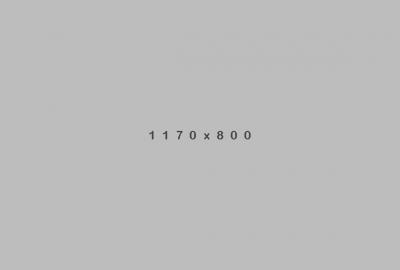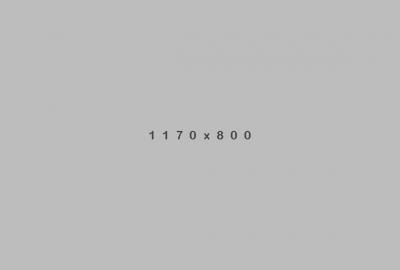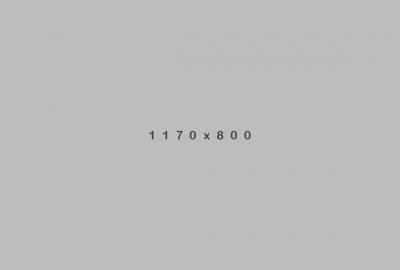Removal of ceftriaxone and cefotaxime antibiotics from industrial wastewater via complexation with Cu (II)
A high-performance liquid chromatographic method (HPLC) with UV detection is described for determination of ceftriaxone sodium (CFX) and cefotaxime sodium (CFM) content in pharmaceutical industrial wastewater. These methods are based on the detection of these antibiotics via the formation of chelate complexes with Cu(II). The developed Liquid Chromatographic method offers symmetric peak shape, good resolution and reasonable retention time for both drugs. The removal percentage reached about 100 and 92.1% at pH 7.2 for CFX and CFM, respectively. In UV detection, the removal of the chelating antibiotics were based on forming of chelate complexes with Cu(II) which detected at λmax = 253 and 244 nm for CFX and CFM, respectively. Linearity, accuracy and precision were found to be acceptable over the concentration range of 5.99–59.86 µg mL−1 for CFX and 14.33–71.63 µg mL−1 for CFM. The proposed method can be used for the quality control of industrial wastewater containing CFX and CFM.







